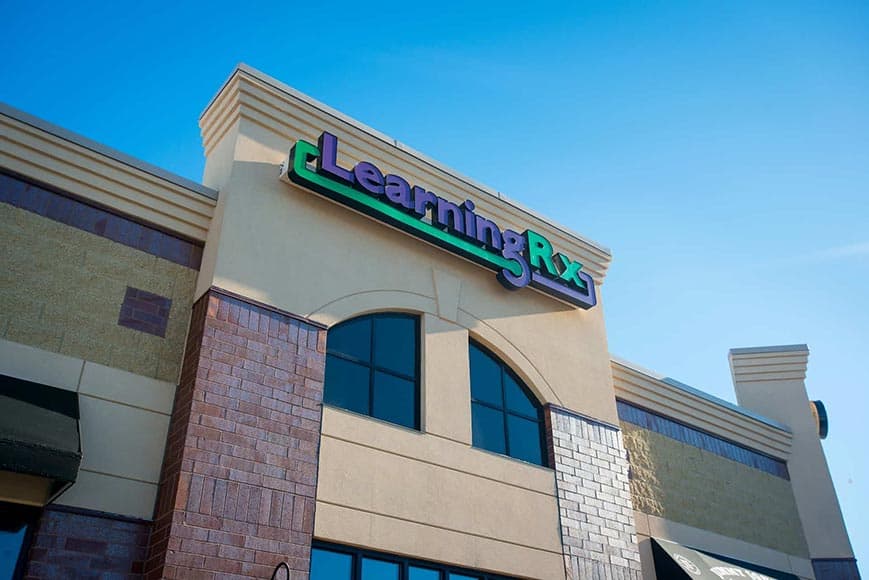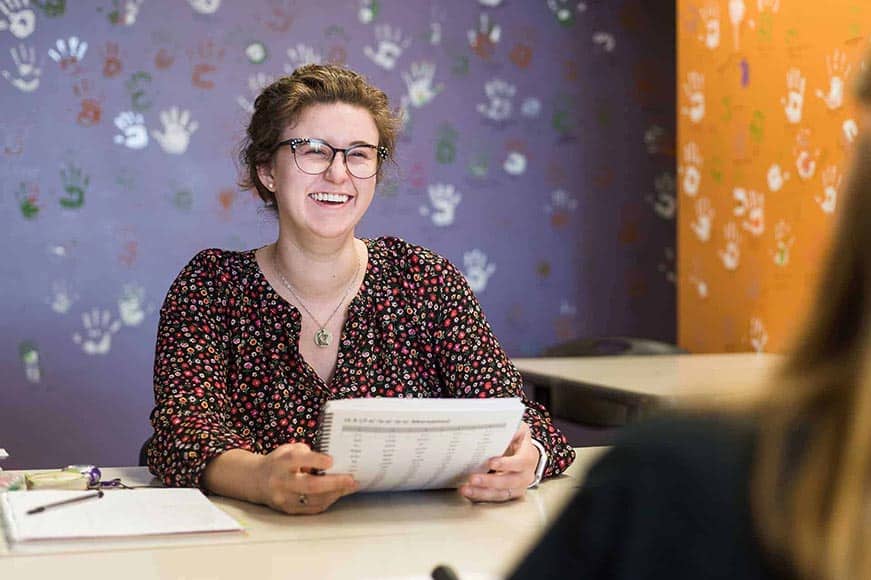What Can You Do for Kids With Weak Visual Processing?
Strong visual processing is essential for reading, math, driving, DIY projects, drawing, packing a suitcase, and many other tasks that have effects far beyond a classroom. When student struggle with visual processing, these tasks may often feel nearly impossible or overwhelming—and very much not enjoyable. So if your child seems to have weak visual processing or struggles with visual-spatial awareness, what can you do? Here are some strategies:
First, What Is Visual Processing?
When we say visual processing, we’re talking about visual-spatial awareness. This is your brain’s ability to think in images, manipulating them, seeing patterns, or seeing how things fit together. This is important for subjects like math where you’re dealing with numbers and shapes, but it’s also important for reading (in your ability to quickly distinguish and recognize letters or words). Beyond the classroom, visual processing comes into play every time you pack a suitcase, put together an Ikea dresser, drive around town (maybe without using your phone’s maps), and so much more.
Ways to Build Visual Processing:
So if your child struggles in these areas, what can you do? Here are some specific activities you can do at home to target weak visual processing and allow their brain to grow in this area:
Strategic puzzles
Puzzles have many benefits for your brain, especially when we’re talking about visual processing. They require you to think in pictures, breaking it down into pieces, envisioning how small parts will create the whole. When it comes to using puzzles for kids who don’t naturally gravitate towards them, it’s important to start simple. Begin with easier puzzles, then scale up to more difficult ones as they gain confidence.
As an added challenge, you can bring in puzzles with large sections of the same color where you really have to focus on the shape and arrangement of the pieces instead of just the overall picture.
Tangrams and pattern blocks
There are many books and puzzle sets that use these basic shapes to encourage students to create pictures. Again, start simple and work up to more complex patterns as they improve. One way to give your child a boost is to help them place one piece to help them get started. As they begin to grow, you can fade out this assist!
How to draw books
These are great tools to target visual processing because it forces your brain to analyze parts of the whole picture and manipulate and replicate what you see. Whether it’s a grid where you draw sections of the picture in each square or more freeform drawing instruction, these are great tools to help kids practice this skill!
Games that practice visual processing
You can bring your visual processing practice into family game night! Some great games that build visual processing include Blokus and Q-bitz.
Targeting Weak Visual Processing
If your child…
- Has a terrible sense of direction and you’re worried about them driving…
- Never seems to be able to keep spaces or materials organized…
- Frequently switches letters or numbers…
- Struggles with puzzles or working with shapes…
…it may be time for a closer look at their visual processing skills. Curious how your child’s cognitive skills rank? Take our FREE brain skills quiz for a closer look today!







